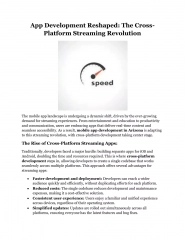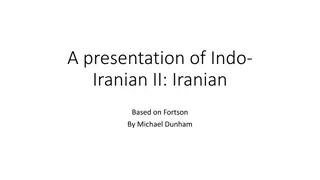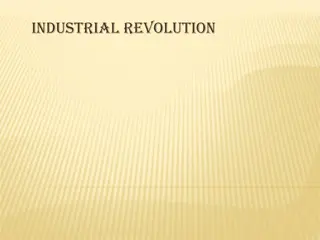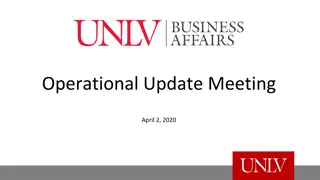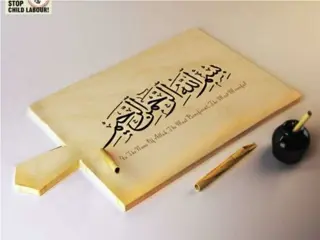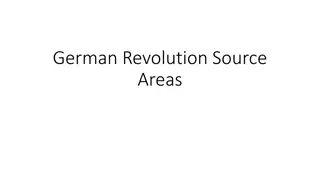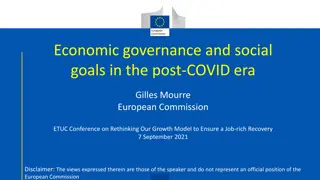Documenting the Iranian Revolution: T.E.L.E.X.I.R.A.N. & Gilles Peress
Gilles Peress, a renowned photographer, captured the Iranian Revolution in his work titled T.E.L.E.X.I.R.A.N. The project explores the complex relationship between American and Iranian cultures during the tumultuous period between 1979 and 1980 when the American embassy was seized. Peress's images and use of telexes provide a unique insight into the intense emotions and demands for justice during this historic event.
Download Presentation

Please find below an Image/Link to download the presentation.
The content on the website is provided AS IS for your information and personal use only. It may not be sold, licensed, or shared on other websites without obtaining consent from the author. Download presentation by click this link. If you encounter any issues during the download, it is possible that the publisher has removed the file from their server.
E N D
Presentation Transcript
T E L E X I R A N: IN THE NAME OF REVOLUTION by gilles peress PROJECT BY TAYLOR JUNG & BEN SEARLES
G I L L E S P E R E S S -Born in Paris, France in 1946 -The child of a orthodox Middle Eastern Christian and a Georgian Jew -Went to Institute d'Etudes Politiques and University of Vincennes, where he studied political science and philosophy -Started working as a photographer in 1970, capturing images of a labor dispute between coal miners in Decazeville, France -The following year joined Magnum -At his time there he served three times as vice-president and twice as president
P E R E S S C O N T D -Following Decazeville, he started documenting the civil war conflict in Northern Ireland in the 1980s and 90s -This was part of Peress s career-spanning series titled Hate Thy Brother, which chronicled conflict in Ireland, Bosnia, and Rwanda - Peress is currently on staff at Bard College and UC Berkeley -One of his most important and lasting works is Telex Iran, which documents the Iranian Revolution
I R A N I A N R E V O L U T I O N B A C K G R O U N D -1890 - Nasir al-Din Shah & tobacco industry -1905-08 - Resentment and the Constitutional Revolution; oil preserves -1935 - Reza Shah creates economic, political, and social reforms; institutes a Western society (secularization). -1941 - Reza Shah deposed; replaced by son -1963-77 - Rise of Ayatollah Ruhollah Khomeini (and his arrest); changes in government -1977-79 - The Iranian Revolution
T E L E X I R A N -Once again seeking out conflict, Peress traveled to Iran to document the Revolution -In an attempt to explore the fragile relationship between American and Iranian cultures, (wikipedia) he took photos during the five-week period between 1979 and 1980 in which the American embassy was captured and 52 people were held hostage -Editors of Peress s final book described described the Iranians as fanatics jumping out of the television screen, knife between their teeth, red eyes demanding justice.
T E L E X E S -Rather than captions for his photos, Gelles employed telexes from the actual conflict -Telexes were a precursor to texting; users could send brief messages over a telephone-like network -He inserts in the book telexes between himself and Magnum and the photo labs in the US
ATTENTION SAT. ATTENTION SAY TO THE LAB TO WATCH OUT PARTICULARLY FOR A ROLL THAT MIGHT BE IN PART RUINED SINCE THE REVOLUTIONARY GUARDS OPENED MY CAMERA AND TRIED TO EXPOSE THE FILM AFTER I SHOT HER IN SMOKERS. I HOPE THEY CAN SAVE THEM. THANKS, GILLES
The photos in Telex Iran do little to describe another people and place, but go a long way toward measuring the distance separating perceptions and cultures. -TELEX IRAN EDITOR In other words, rather than show you another culture, they show you how far away you are from understanding that culture. -ARTSMANIA.COM
I work much like a forensic photographer in a certain way, collecting evidence. I've started to take more still lifes, like a police photographer, collecting evidence as a witness. I've started to borrow a different strategy than that of the classic photojournalist. The work is much more factual and much less about good photography. I don't care that much anymore about "good photography." I'm gathering evidence for history, so that we remember. GILLES PERESS, U.S. NEWS, OCTOBER 6,1997



